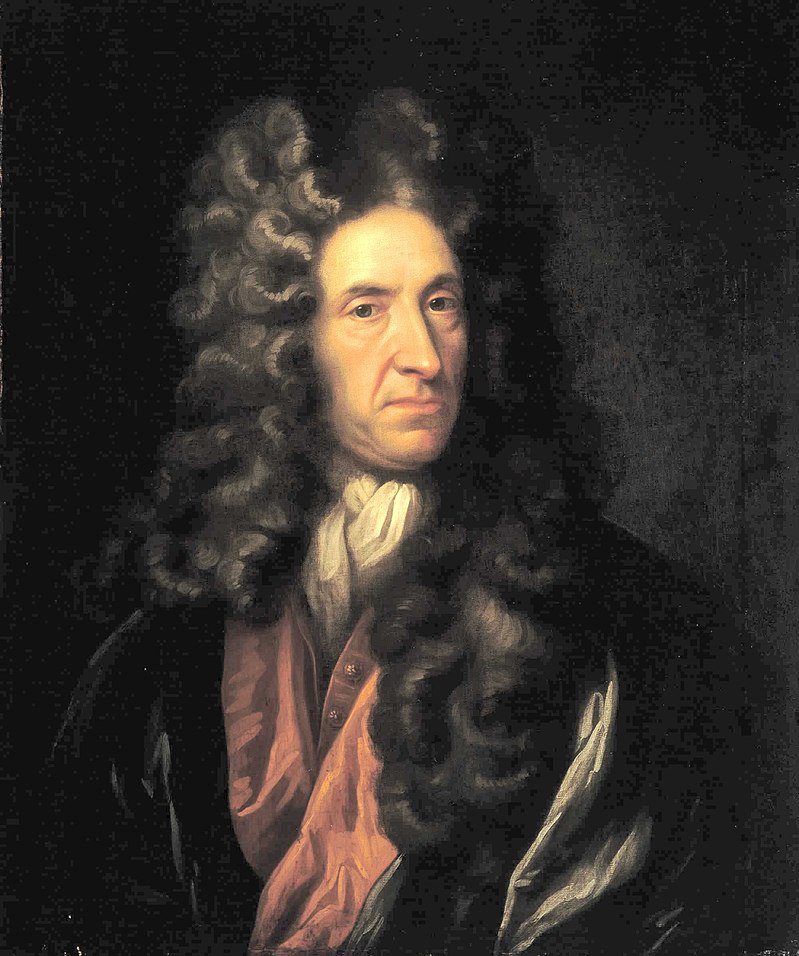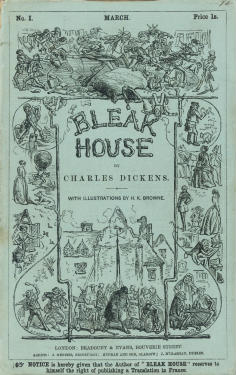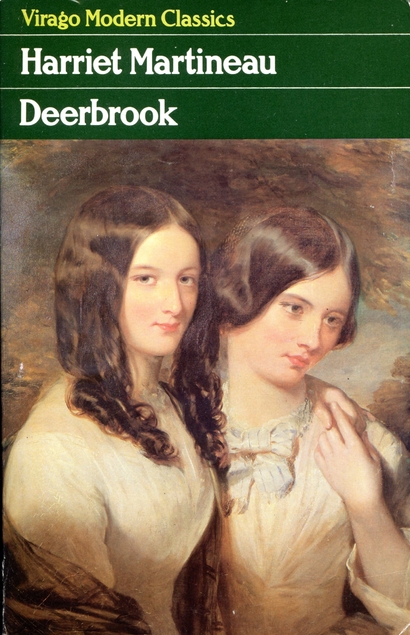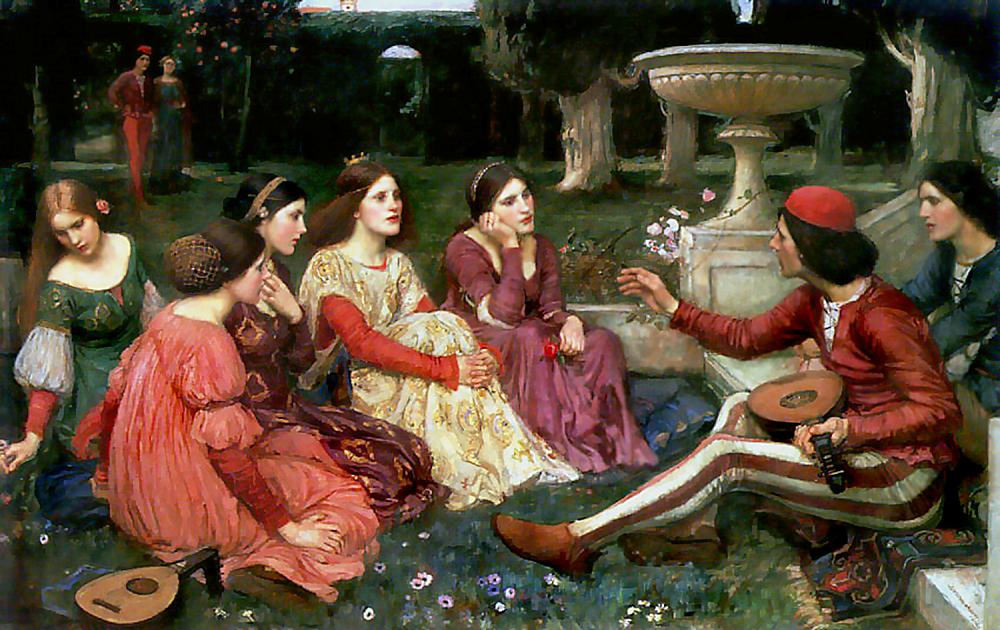
Last month I posted a column here about the writing of one of my recent short stories, "Crow's Nest" (EQMM, Jan/Feb 2020 issue), and during
that post I explained that I usually come up with the plot first, then invent the characters, give them a setting to live in, etc. I'm not saying that's the best way to write short stories--I'm just saying that's the way
I write short stories.
Not long ago, though, I wrote a story about a pair of modern-day bank robbers called "Rhonda and Clyde," and for this one I made up most the characters first. I had a blurry picture of the plot in my head, but at the beginning it was just a heist-and-pursuit idea with not much detail. Long story short (pun intended), I then wrote the story and sent it to
Black Cat Mystery Magazine, and they bought it and published it in their Issue #5, November 2019.
I think the first glimmer of an idea for this story struck me after a re-watching of
Bonnie and Clyde. I've always been fascinated with them anyway, and I had recently talked with a journalist friend of mine who'd just returned from visiting the site in northwest Louisiana where the two were ambushed and killed in August 1934. This happened about the same time I was finishing up a story I'd been working on, and since I seem to write these stories like a chain-smoker, as soon as I typed THE END on that previous story I immediately lit up this one.
A character-building experience
I remember first creating my protagonist, who was a woman originally from the south but was now the sheriff at a small town in Wyoming. I wanted her to be strong and level-headed and happy in her job but also a duck-out-of-water, and I wanted her to have a deputy who was also an outsider but who
wasn't happy, with either the job or his boss or his location. One of my reasons was that their mild but mutual dislike for each other added a level of conflict to the story before the plot ever really got going. And the more conflict you have in a story, the better. (More on that, later.)
I also came up with a sweet, lonely, and gullible bank teller with the everyday name of Helen Wilson, who gets duped by a married couple named Rhonda and Clyde Felson. Clyde's nickname for Rhonda was Ronnie, which worked well for a pair of lovebirds who robbed banks, and I remember stealing their last name from Fast Eddie Felson, Paul Newman's character in
The Hustler. It seemed appropriate. I then added a police dispatcher, a few elderly and Native-American townsfolk, several more bank employees, a motel manager, an old couple on vacation, two state police detectives, and so on. More characters than my stories usually have--and some of the main players, as you might imagine, wound up changing their ways a bit in the course of the tale. I'm not a "literary" writer, but sometimes I try to think like one.
In the weird category, the name of one of my characters came from a highway sign I'd seen as my wife and I drove home from a Bouchercon conference a few years ago. It was one of those big green signs above the interstate--I-85 in this case, heading southwest between Greensboro and Charlotte--announcing the exit for the tiny towns of Spencer and East Spencer, North Carolina. The sign said (and probably still says):
SPENCER
E SPENCER
1 MILE
For some reason I remembered that--my brain works in mysterious ways--and when I needed a quirky name for my bank manager in this story, he became Spencer E. Spencer.
Plot, setting, etc.

Locationwise, the characters started out in North Dakota in my mind, and timewise I wanted it to be winter, which turned out well because the cold weather became a factor in the plot. I soon changed the setting to Wyoming, possibly because I've spent so many hours watching the
Longmire TV series. The image I had of Sheriff Marcie Ingalls's office looked amazingly like Sheriff Walt Longmire's, minus a few mounted deer heads. Maybe her decorator watched that show too.
Now that I had the setting nailed down and most of the characters in costume and waiting patiently behind the curtain, I started thinking more about what they were going to do. And once I really got going on the plot itself, that turned out to be the most enjoyable part of the writing process. I've always found that to be fun, the mechanics of storytelling, the trying to make sure everything flows smoothly and fits together and is satisfying in the end.
I also enjoy plot twists. Some of my favorite short stories, novels, and movies have huge twists and turns, not just at the conclusion but throughout the story. A couple of examples are John Godey's novel
The Taking of Pelham One Two Three and William Goldman's novel
Marathon Man. One scene in particular in
Pelham (involving a passenger on the subway) and several chapters in
Marathon Man (involving the hero's brother) are designed to completely fool the reader and then delight him shortly afterward when the real situation becomes clear. And these happen in the
middle of the story. I love that kind of deception. For one thing, it keeps the reader alert and off-balance, wondering when and whether it might happen again.

What most inspired me to try some of that in "Rhonda and Clyde" was a scene in the final act of the movie
The Silence of the Lambs, which I first saw on an IBM trip almost thirty years ago--I even remember the city and the theater. It's the scene where rookie FBI agent Clarice Starling is going door-to-door seeking information about the case. One of the front doors she knocks on turns out to be that of the serial killer they're all looking for, Jame "Buffalo Bill" Gumb, but she doesn't know that because nobody knows what he looks like, and when he invites her inside we (the audience) are thinking don't go in don't go in, but she does. Meanwhile, her mentor and his team at the FBI are closing in on the house, and in back-and-forth cuts we see the armed and vested assault team crash through the door and we think they're about to save Clarice. But they find no one home, and only then do we realize that oh my God
they're at a different house. Now
that's suspense. And it's just one of the reasons
Lambs swept the Oscars that year.
I tried to use some of that kind of misdirection in this story, along with some instances of redemption, which I mentioned earlier. It's always satisfying to me as a reader, and a writer, when characters wind up changing, as a result of what happens in the story, their attitudes and the way they look at life.
Info for Otto

One of the nicer things to happen to me this year was being notified that "Rhonda and Clyde" has been selected for inclusion in the 2020 edition of
The Best American Mystery Stories, to be published this fall. As he always does, series editor Otto Penzler asked for a short piece about the story to accompany my bio in the anthology, and part of what I wrote goes along with the how-to-construct-a-story subject I've been discussing here today.
The following will appear in the "Contributors' Notes" section of
B.A.M.S. 2020:
If I recall, my first inspiration for "Rhonda and Clyde" came on a bitterly cold day. (We don't have many of those here in the south, thank God.) It probably put me in a Fargo
frame of mind, because when I created Wyoming sheriff Marcie Ingalls that morning, the image of the movie character Marge Gunderson sort of jumped into my head, and it stayed there throughout the planning of the story. That choice of a protagonist wasn't surprising; I've always liked stories about strong and smart women in law enforcement, and the way their colleagues (and the criminals) often make the mistake of underestimating them.
I also remember wanting to (1) give her a deputy she didn't particularly like and (2) make the villains a husband-wife team, maybe because I especially enjoy writing dialogue and I knew both those partnerships would give me a lot of opportunity for that. This line of thinking was a bit different for me, because I usually start with the plot and only then come up with the characters. In this case I created my players first and then dreamed up something for them to do, with some twists and reversals along the way. Anyhow, once I had all that in mind, I sat down and wrote the story in a couple of days' time--and it turned out to be one of my favorites.
Maybe an occasional cold snap isn't a bad thing . . .

The truth is, if the elements of fiction--plot, characterization, POV, dialogue, setting--are all in place and effective in a story, it doesn't much matter how they got there. All of us approach the planning and writing of a story in different ways, and whatever works, works. This is just how it happened
this time.
How do
you do it? Plot first? Characters first? Setting first? Theme first? A mix of several of these? Do you always do it the same way, or vary from time to time? What's been most successful for you?
In closing, I want to again express my thanks to John Betancourt and Carla Coupe at
Black Cat M.M. for accepting and publishing this particular story and to Otto Penzler and C. J. Box for choosing it for inclusion in the 2020 edition of
B.A.M.S. It's always gratifying to see something that you've written show up in magazines and anthologies that you respect and admire.
Best to all of you, writers and readers alike. Stay safe!








![The Emotion Thesaurus: A Writer's Guide to Character Expression (Second Edition) (Writers Helping Writers Series Book 1) by [Becca Puglisi, Angela Ackerman]](https://m.media-amazon.com/images/I/519f4OKUv7L.jpg)






























